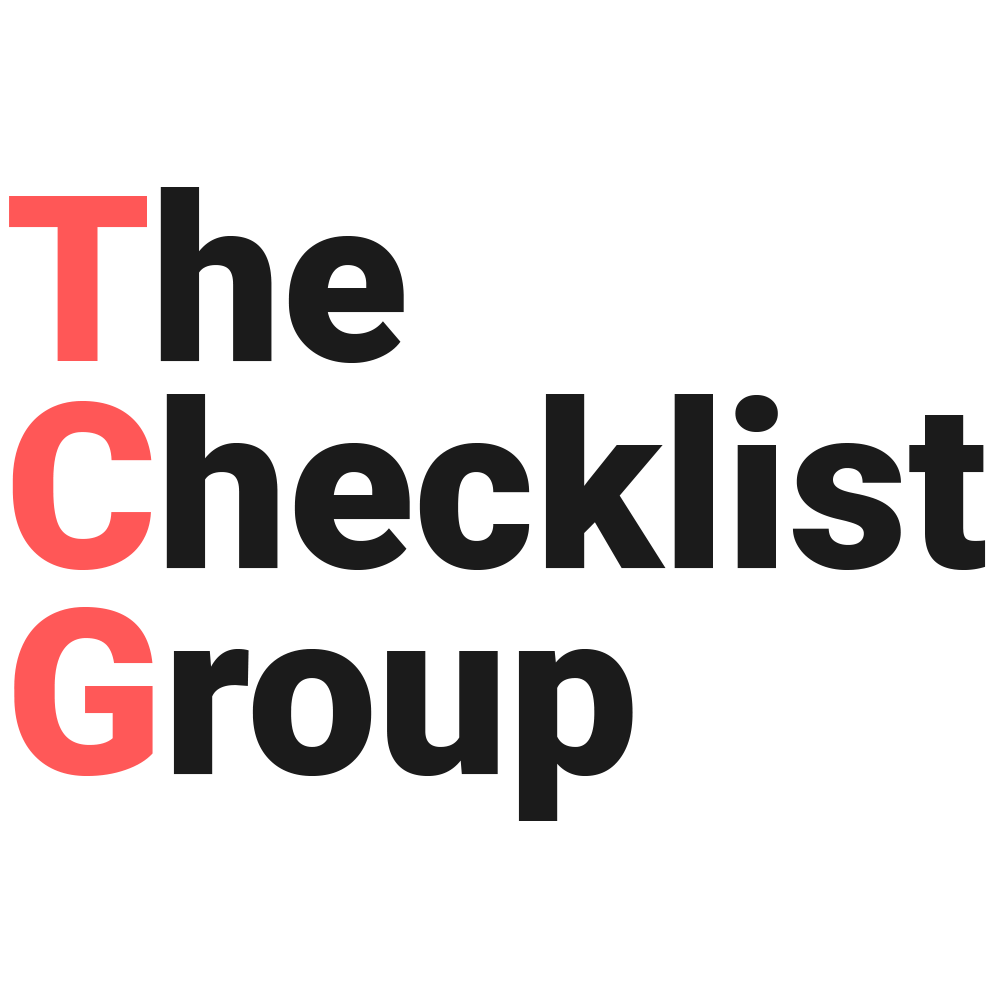Creating a strong brand identity is essential for any business, especially startups. It helps customers recognize your company and makes it easier to build trust with them. A well-defined brand identity also sets you apart from the competition, making it easier for you to stand out in an increasingly crowded market. But once you have developed your brand identity, how do you make sure that it’s used consistently across all of your marketing materials? Here are some tips on how to use your brand identity effectively in all of your marketing efforts.
Create a brand plan to ensure that everything is on brand
Having a well-defined brand is essential for any business, as it helps to create an identity that customers recognize and trust. However, creating a strong brand isn’t enough; you must also maintain consistency across all of your marketing materials and platforms. This is where having clear brand guidelines comes in.
Brand guidelines are an important part of any company’s branding strategy, as they ensure that everything related to the company looks and feels cohesive and professional. They provide guidance on how to use the logo, colors, typography, images, language, tone of voice etc., so that everyone involved with the company can easily understand what should be used when creating content or designing products or services. By following these guidelines consistently throughout all marketing activities – from website design to social media campaigns – companies can create a unified image that resonates with their target audience.
Additionally, brand guidelines can help to maintain a consistent look and feel across all of the company’s products and services. This means that customers will be more likely to recognize your brand because it looks familiar to them, even if they come into contact with it through different mediums. Adopting strong brand guidelines is essential for any business looking to create a memorable and recognizable brand. It not only helps you to create and maintain the desired image, but also makes sure that customers always have a good experience when interacting with your brand. With well-crafted brand guidelines, you can make sure that all of your marketing materials are consistent, creating an easily identifiable and trusted presence for your business.
Develop a comprehensive content strategy
Content marketing is an essential component of any successful sales and marketing plan. Developing a comprehensive content strategy allows you to use relevant and valuable content to engage with customers, build trust, and drive conversions. When developing your content strategy, consider the types of content that will resonate best with your target audience – are they more likely to be engaged with blog posts, videos, or podcasts? Also, consider the platforms that you will use to share your content. Platforms such as LinkedIn and Instagram can help you reach potential customers more effectively than other channels.
Ensure that you are utilising the right social channels based on your target market.
It is also helpful to ensure that you are using a proper brand guide such as the same text and colours to capture your brand and the message that you want to convey throughout your campaigns on social media.
Focus on relationship-building
Building relationships is one of the most effective ways for startups to generate leads and close deals. It takes time and effort to build relationships with customers, but the loyalty and trust that you develop as a result makes it worth the effort. To start building relationships, focus on listening to customers’ needs and responding in an authentic manner. Showing genuine interest in your customers will go a long way towards establishing strong relationships with them. Additionally, engaging with customers on social media platforms and attending networking events in your industry are great ways to start building relationships.
When crafting content with the intention to capture an audience, it is essential to ensure that what is being created is both engaging and informative. It must speak to the intended demographic and provide something of value, whether it be education, entertainment or something else entirely. To ensure this is possible, a solid brand strategy should be established. This will involve considering the brand’s mission, values and target audience. Additionally, it is necessary to have an understanding of the topics and formats that resonate most with the target demographic as well as relevant industry trends.
Once a strong brand strategy is in place, content creation can begin. It is important to keep in mind that quality trumps quantity when it comes to content creation. Creating content with a purpose in mind will help focus the writing and make it more effective. For example, if the goal is to increase web traffic, consider creating blog articles that are keyword rich and offer helpful information to readers. In creating content, ensure the content you prepared to captures the right audience and provides them nurturing type of content by providing educational, entertainment, inspiration, engagement, and promotional content.
Use data-driven insights to personalize your sales and marketing efforts
Data is a powerful tool that can be used to personalize your sales and marketing efforts in order to better connect with customers. Utilizing customer data to gain insights into customer needs, preferences, and behavior can help you tailor your marketing messages to a specific audience. Additionally, analyzing customer data helps you identify potential sales opportunities and understand how customers are responding to your products or services.
Ensure you get feedback and evaluation how you can further improve. All client or prospect testimonials should be shared via social media as well as google my business reviews/ facebook reviews to further your brand reputation
Optimise conversion rates through A/B testing
A/B testing is an effective way to optimize conversion rates by testing different versions of your website or marketing materials to determine which ones are most effective. For example, you can test two different versions of a landing page to see which one performs better in terms of attracting leads and driving conversions. A/B testing is an incredibly valuable tool for startups as it helps ensure that all aspects of your digital presence are optimized for maximum conversions.
Develop an omnichannel approach
An omnichannel approach is essential for startups looking to establish a strong presence in the digital space. An omnichannel approach involves optimizing your content and marketing activities across all channels, including social media, email, website, and even offline platforms such as print advertising and direct mail. This allows you to reach a wider audience and ensure that your message is heard in multiple ways. Additionally, an omnichannel approach helps you better track user engagement, enabling you to measure the success of each channel.
These are just some tips on how to use your brand identity effectively in sales and marketing efforts. By developing a comprehensive content strategy, focusing on relationship-building, leveraging data-driven insights, optimizing conversion rates through A/B testing, and adopting an omnichannel approach, startups can get the most out of their brand identity. In order to ensure success, it is important that startups take the time to understand their target audience and develop a strategy tailored specifically to them. With the right approach, startups can maximize the potential of their brand identity and create a successful sales and marketing engine.

